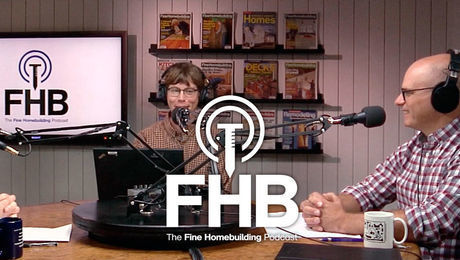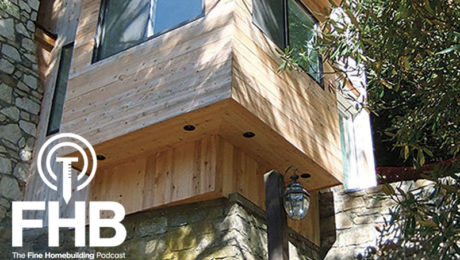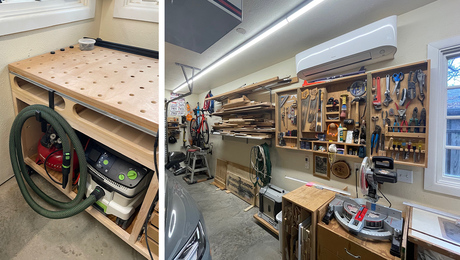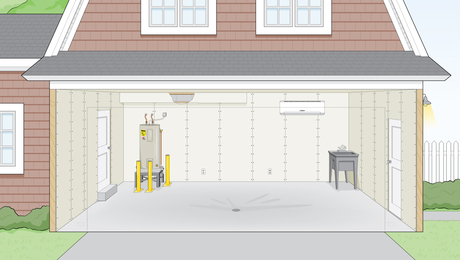Directing Drainage Under a Driveway
A properly installed 4-in. corrugated drainage pipe running under a driveway can withstand the pressure of a 40,000-lb. truck.

I’ve just finished building a house and am in the process of landscaping. I plan on running 4-in. corrugated, nonperforated drainage pipe to send the water caught by the gutters into a large pond in the backyard, but I have one section that runs under the gravel driveway to my shop. How do I prevent that pipe from getting crushed from the traffic? Also, any advice on proper slope and if I should use the internal or external connection fittings?
—Mark Peterson, Waco, Ky.
Amélie Dulas, an engineer at Prinsco Water Management Solutions, replies: Corrugated drainage pipe works well for gutter outlets, but if there are concerns about debris, you may want to install some sort of leaf screen. If the pipes will be run near tree roots, a non perforated pipe with watertight joints might be a better solution. Install the pipe as straight as possible, avoiding large dips or humps, and be sure to size the pipes according to roof size and slope. At a slope of about 1 in. per 100 ft., a 4-in. corrugated pipe can handle about 21 gal. per minute (gpm). That same pipe sloped 6 in. per 100 ft. can handle 52 gpm. If you have long runs with a very slight slope, you might want to choose a pipe with a smooth interior, which can handle more flow, or you could move up to 6-in. corrugated pipe. A 4-in. corrugated single-wall pipe is flexible enough to achieve wider curves, but use a 45° or 90° elbow for sharper turns. Y- and T-fittings are also available. External fittings work best to prevent clogs, and securing the fittings with corrugated tile tape is an inexpensive way to create leak-resistant joints and to ensure that the connections remain intact when backfilling.
All plastic pipes (corrugated or otherwise) gain most of their structural strength from the surrounding backfill, which is why proper installation is crucial. Whether you are installing 4-in. corrugated pipe in the yard or under a driveway, we recommend at least 4 in. of crushed gravel or other similar backfill below the pipe, with 9 in. of that same backfill on each side and up to the top of the pipe. You can then use native soil on top of that to reach the minimum 1 ft. of soil cover above the pipe and then install your driveway or grass on top of that.
When installed with this method, the buried pipe is rated for American Association of State Highway and Transportation Officials (AASHTO) HS-25 loading, which means it can withstand load from a 40,000-lb. truck. Keep in mind that changing the size of pipe or burying it deeper will change the specific dimensions of the trench, the amount of bedding required, the amount of cover on top of the pipe, etc. Always check with the manufacturer of your pipe for exact specifications.
Drawing: Dan Thornton
From Fine Homebuilding #318
RELATED STORIES




























